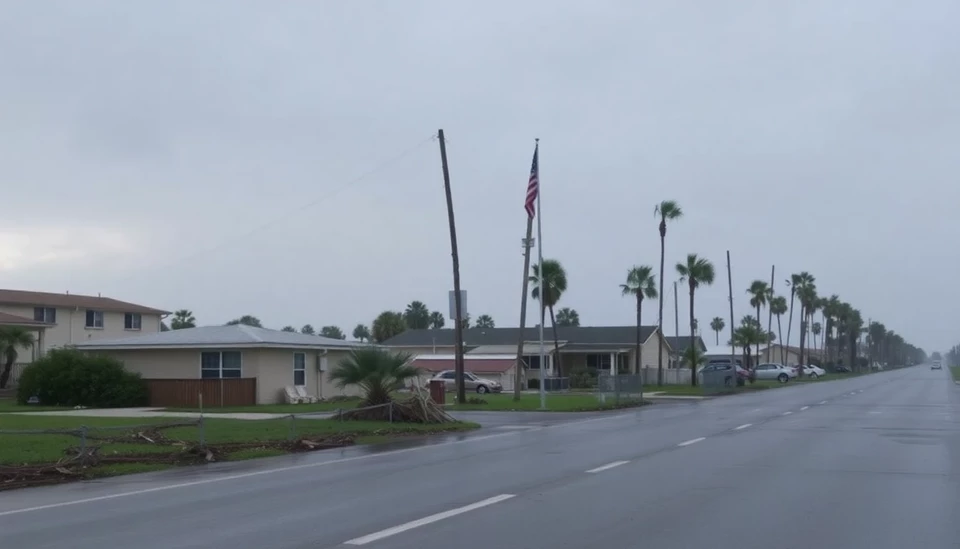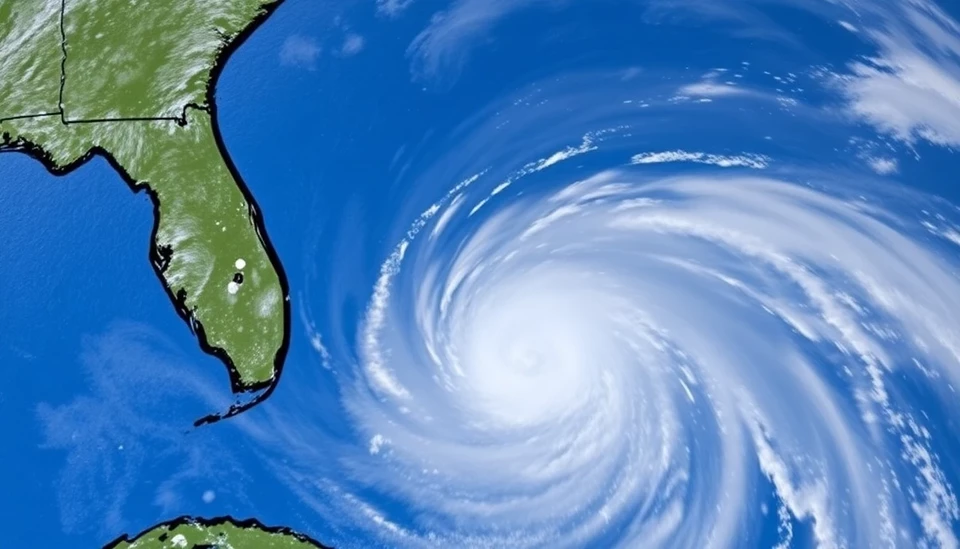
In a surprising twist, Hurricane Milton has proven to be an unpredictable force of nature, causing more destruction through its furious winds rather than the anticipated deluge of rain. Meteorologists and residents alike have been taken aback by the storm's sheer power, which has upended expectations and sent shockwaves through regions once considered safe from severe wind damage.
This hurricane, which swept through coastal areas with unforeseen aggression, exhibited characteristics that differed significantly from what weather experts had projected. While forecasters initially warned of catastrophic flooding due to heavy rainfall, it became increasingly evident that it was Milton’s winds that were wreaking havoc, tearing roofs off houses, uprooting trees, and downing power lines.
As Milton made landfall, the storm rapidly intensified, producing wind speeds that exceeded early predictions, resulting in extensive property damage. Communities that braced themselves for flood-related impacts found themselves unprepared for the devastation wrought by hurricane-force winds. This shift in damage patterns has raised questions regarding the reliability of current predictive models in assessing the potential threats posed by hurricanes.
According to reports from local emergency services, the aftermath of Hurricane Milton has revealed significant challenges. Many towns are grappling with widespread outages, with thousands of residents left without electricity in the wake of the storm. First responders are working tirelessly to restore vital services and clear debris, which has posed severe challenges in several areas impacted by Milton's unexpected wind-driven destruction.
The unexpected nature of Hurricane Milton has sparked renewed conversations about climate change and its undeniable influence on weather patterns. Experts are increasingly emphasizing the need for improved forecasting technologies that take into account anomalies in storm behavior. The surprising strength of Milton's winds serves as a critical reminder of how hurricanes can evolve and the importance of remaining vigilant, even when forecasts appear manageable.
As recovery efforts commence, residents are encouraged to remain cautious; they should watch for potential hazards that could arise from wind-damaged structures. Safety remains paramount, and authorities are advising all individuals to stay informed about local conditions, adhere to evacuation orders, and report any emergencies to the relevant agencies as they arise.
The experience of Hurricane Milton is a stark warning about the unpredictability of severe weather and the necessary preparations communities must undertake to safeguard against potential destruction, especially as climate patterns continue to shift. The continuing analysis of this storm will greatly influence future hurricane preparedness measures and strategies in the region.
As we move forward, the lessons learned from Hurricane Milton may pave the way for better community resilience and response strategies in addressing the challenges posed by extreme weather events.
#HurricaneMilton #SevereWeather #WindDamage #ClimateChange #DisasterResponse #StormPreparedness #CommunityResilience
Author: Sophie Bennett




